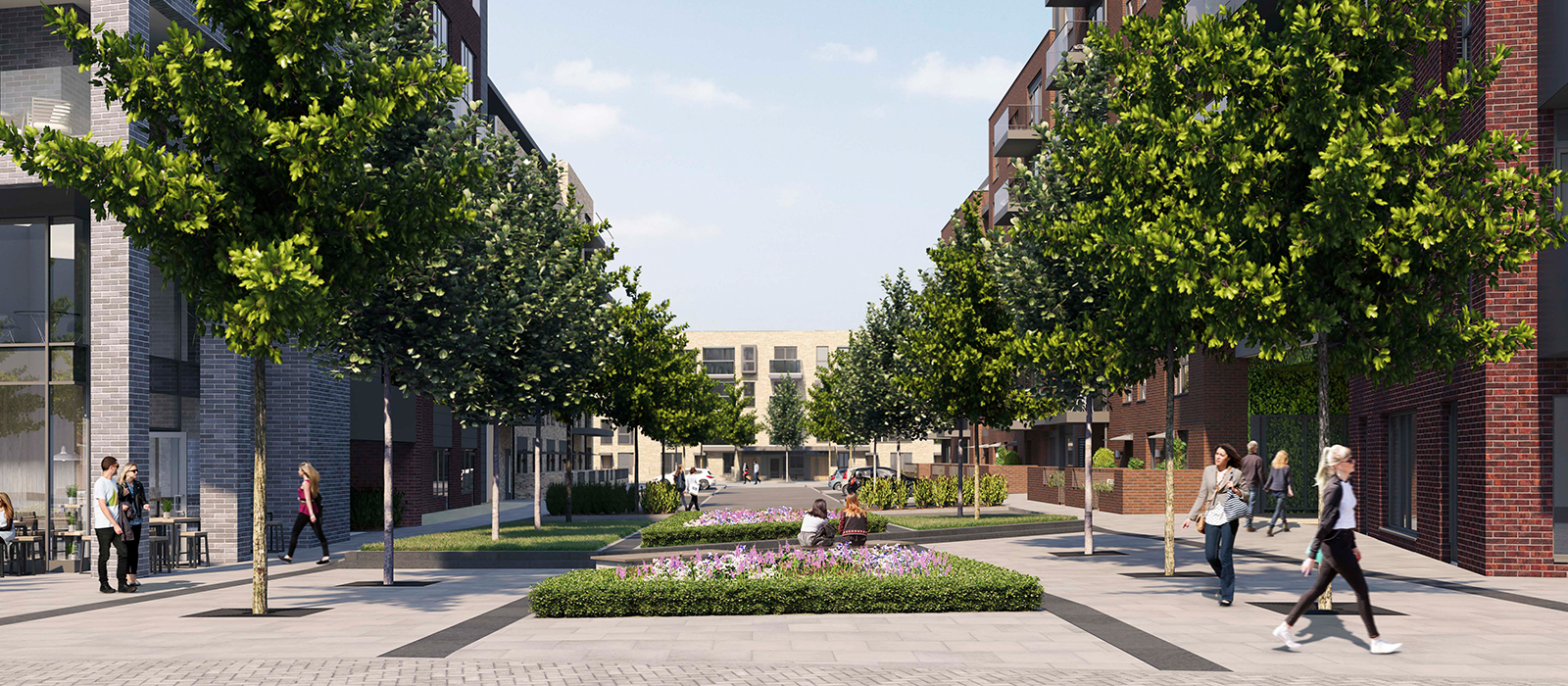Are JVs still relevant in a post COVID-19 housing sector?

Are Joint Ventures (JVs) still relevant in a post COVID-19 housing sector? Mash Halai, Chairman, Head of Residential Development & Regeneration, John Rowan and Partners, looks at JVs and the role they play in housing delivery.
The arrival of Covid-19 on our shores has sent shockwaves across the construction industry, with all sectors feeling the pain. There’s furlough to wrestle with, cash flow to address, project viability to assess and hard decisions to be made.
Against the backdrop of Brexit and all the challenges that has been presenting to organisations trying to plan ahead as well as manage existing projects, the result is one of uncertainty, change, and the need to rethink business as usual.
We’ve been considering what all this might mean for joint ventures (JVs) in the housing sector – are they still a great solution, or has Covid changed the landscape?
It’s all about the risk
Certainly, the balance has changed, with more of a focus now on the management of risk and the financials associated with development projects. But the benefits of the JV approach remain as attractive as ever, and perhaps more so in this new Covid world.
Historically the JV route offered a way for Housing Associations (HAs) and Local Authorities (LAs) to spread and manage the risks involved, tap into specialist expertise, established supply chains and wield more buying power than would have been possible as a niche ‘player’ in the market. Conversely, it also allowed private developers to share their risk and collaborate with specialist landlords who are better placed to manage the development and its residents, as well as purchase all the affordable homes.
I think this remains true today, even with additional pressure that Covid puts on their differing objectives. With the right JV, public bodies are able to benefit from private developers supply chains, while also having more input into the design, specification and, in some cases, specialist sales and marketing set-ups.
Align objectives
Of course, a JV needs to work from the perspective of both partners, and for private housebuilders, this approach means they get a partner with the ability to pre-purchase both affordable and often an element of private housing stock. This makes HAs and LAs attractive partners for developers with good returns on capital employed (ROCE) and potential access to funding on favourable terms. With some developers sitting on a pipeline of land but nervous about the viability going forward, it makes sense for them to explore and be open to this avenue.
It is important that at the outset, JV partners share the same objectives and incorporate these in any plans. Developers are most likely to pursue a ‘build and sell’ strategy while HAs will have medium-to-long-term goals in their sights. These goals need to be aligned – entirely possible but those important conversations need to be had at the outset, and a route forward agreed by both parties.
In a world where funding streams and economic stability can by no means be relied upon, these factors make JVs even more attractive, with the risk spread and resources shared. To my mind, it’s a better way of managing both risk and reward. I remain convinced that the future of housing development and delivery will remain predominantly in the hands of HAs, LAs and private housebuilders/developers willing to embrace JVs. I also believe, that we will see more potential for HAs and LAs to join forces with investors or pension funds – with LAs also increasingly setting up their own investment vehicles.

Find the right partner
The factors that make JVs work continue to remain just as important now, if not more so. Good open and transparent communication is absolutely critical to success, as is alignment of business practices. Partners need to have a genuine desire to work in partnership (during the good times and more challenges ones especially on long-term estate regeneration projects). Regular reviews, addressing issues as they arise – and arise they will! – and responding accordingly are all part of the recipe for successful design, delivery, sales, and ongoing management of projects.
Finding the right partner to work with also remains critical and can be challenging, particularly for HAs or LAs just starting out on this road. Bringing an experienced, independent third party on board can be invaluable in helping ensure that the right partner is found, and more quickly than might be the case if the authority is working ‘solo’.
It’s not just about bringing together the right partners – but also about building and managing that relationship as the JV progresses. Here at John Rowan and Partners, we see our role as a mix of match-maker and marriage guidance counsellor as well as construction advisor: enabling both partners to collaborate and have open and honest conversations about their goals and resolve any divergence or conflict. Having successfully delivered almost 1,500 new homes through this route over the last 10 years (with another 1,500 in the pipeline), we know a thing or two about JVs!
So, I absolutely do believe JVs will remain relevant, Covid or no Covid. The benefits remain, the best practice approach will still deliver results, and both partners can enjoy positive results, both on the longer and shorter term. In fact, working in this way makes more sense than ever, as long as you have all the right “dating profiles” right from the outset.

Image courtesy of Conran and Partners.
